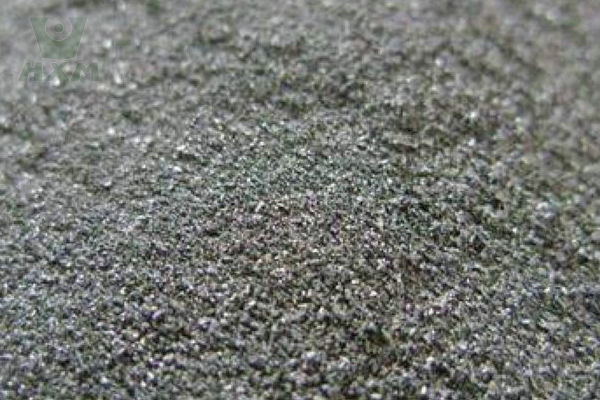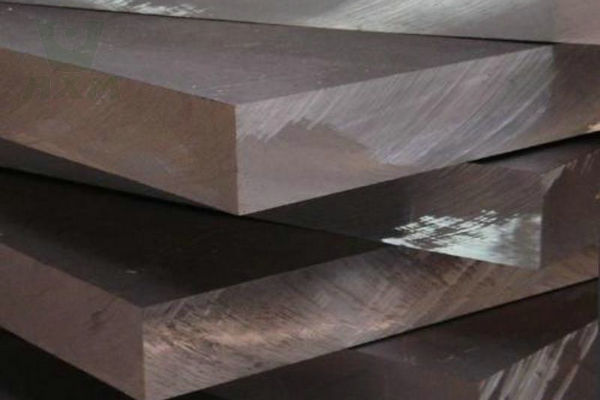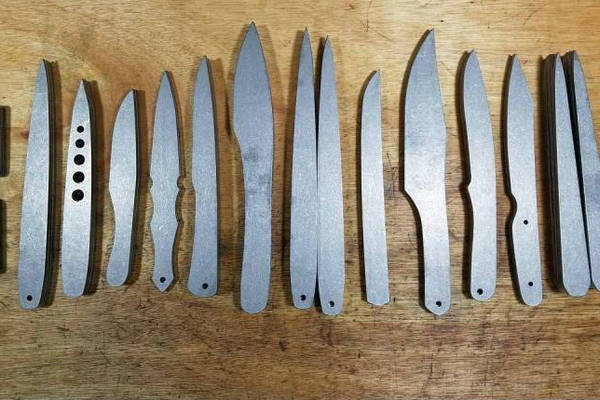Powder steel powder metallurgy is a metallurgical method using metal powder as raw material. It is a special process that uses a certain amount of metal powder to synthesize, mix, sinter, and other processes to smelt a new type of metal material that can be used to manufacture tools and accessories.
Powder forging refers to the use of metal powder as raw material, through cold pressing, sintering, hot forging or hot isostatic pressing of powder, isothermal die forging, or directly from powder hot isostatic pressing and subsequent processing to make precision forgings of the required shape. It is a new process that combines traditional powder metallurgy with precision die forging.
Powder steel is just a general term. All steels made using powder metallurgy technology can be called powder steel, including powder high-speed steel, powder tool steel, powder stainless steel, etc. Powder steel has high carbon content, low carbon content, good rust resistance, and poor rust resistance. We can see that many of the more expensive series of first-line brands (Lent, Tengse, YAXELL, etc.) are powder steel series.

Powder steel is a high-quality powder alloy high-speed steel developed by continuous improvement and breakthrough of alloy powder technology, referred to as powder high-speed steel. Powder high-speed steel includes ASP2ELMAX and other products. It can obtain very high hardness (HRC63~7). This steel belongs to a kind of high-speed steel, not stainless steel.
Powder metallurgy steel is becoming more and more the mainstream of tool production. At present, steel smelting powers such as the United States, Japan, Sweden, and Germany have launched a variety of powder steels, many of which are good materials for making tools. In addition, it is very resistant to high temperatures and relatively wear-resistant, so it will be used on many machine tools. Powder steel will be seen in aviation manufacturing or special parts.
What Is the Difference Between Powdered Steel and Ordinary High-speed Steel?
Manufacturing Process
Powder steel: Made by powder metallurgy process, the alloy components are made into powder and then sintered under high temperature and pressure. This process can better control the alloy composition and microstructure.
Ordinary high-speed steel: Made by traditional metallurgical process, through smelting, casting, forging, and heat treatment.
Composition
Powder steel: The alloy composition can be more accurately controlled, and a higher proportion of alloying elements such as vanadium, molybdenum, and tungsten can be added to improve material properties.
Ordinary high-speed steel: Limited by traditional metallurgical processes, the uniformity and content of alloy composition are relatively low.
Performance
Hardness and wear resistance:
Powder steel: Due to the uniform alloy composition and fine grains, the hardness and wear resistance are higher.
Ordinary high-speed steel: The hardness and wear resistance are higher, but not as good as powder steel.
Toughness:
Powder steel: It has higher toughness and impact resistance and is not easy to break.
Ordinary high-speed steel: It has high hardness but relatively low toughness and is easier to break.
Uniformity:
Powder steel: Due to the powder metallurgy process, the alloy elements are evenly distributed, there is no segregation phenomenon, and the performance is more stable.
Ordinary high-speed steel: There is a certain component segregation, and the performance uniformity is poor.
Microstructure
Powder steel: The grains are fine, the microstructure is more uniform, and there are fine and evenly distributed carbide particles.
Ordinary high-speed steel: The grains are coarse, the microstructure is not as uniform as powder steel, and the distribution of carbide particles is less uniform.
Application
Powder steel: It is used to manufacture high-end cutting tools, precision molds, and parts that require extremely high wear resistance and toughness, such as high-performance tools and molds.
Ordinary high-speed steel: It is widely used in the manufacture of general cutting tools, drills, milling cutters, and turning tools.
Price
Powder steel: Due to the complex manufacturing process and high production cost, the price is relatively expensive.
Ordinary high-speed steel: The production process is relatively mature and the cost is relatively low, so the price is relatively cheap.







